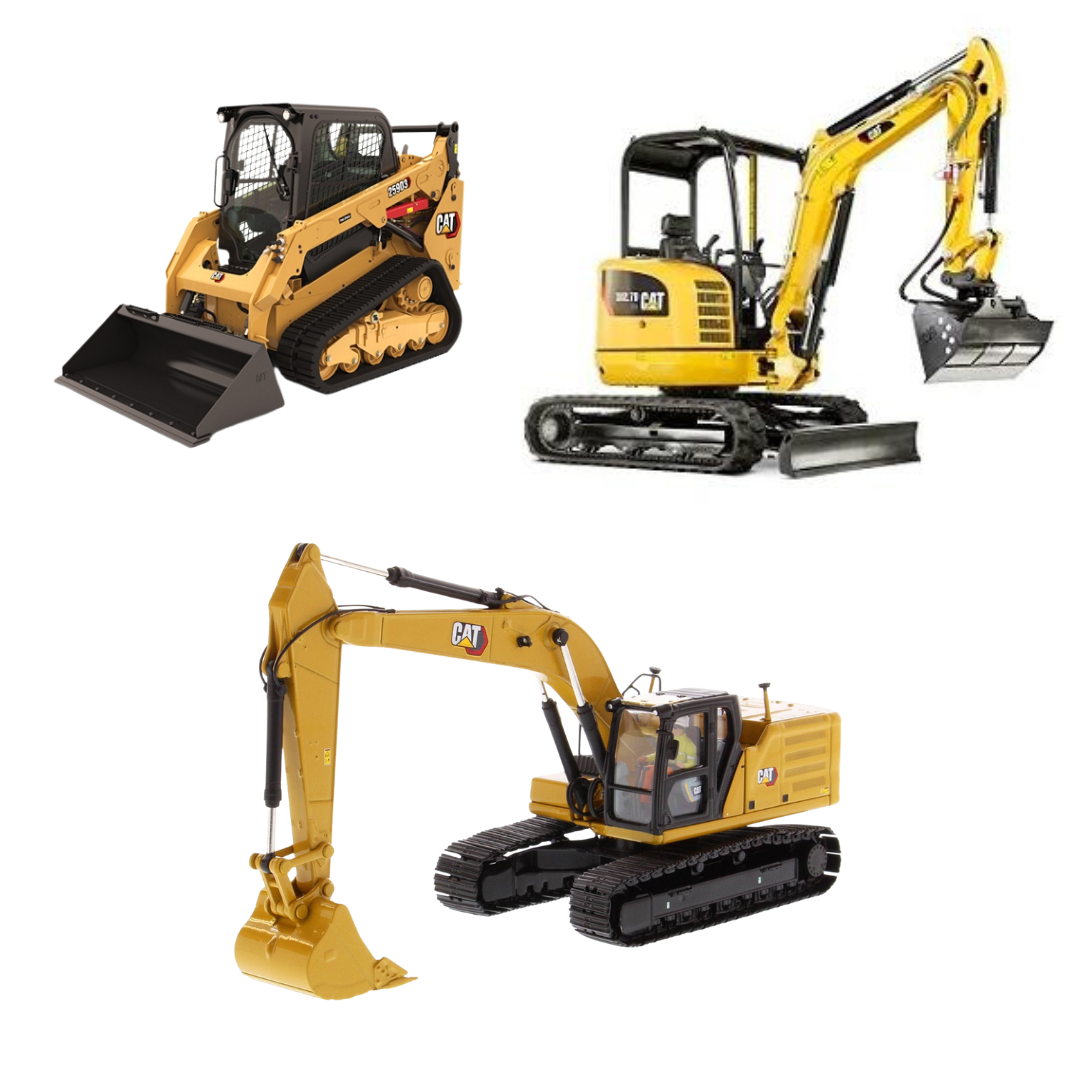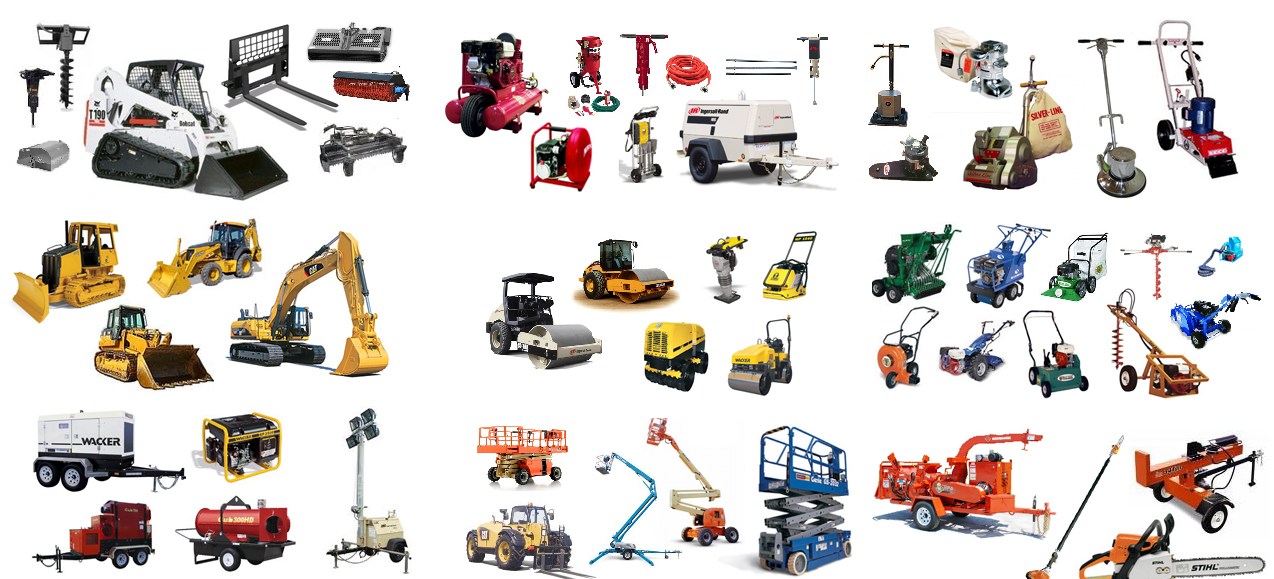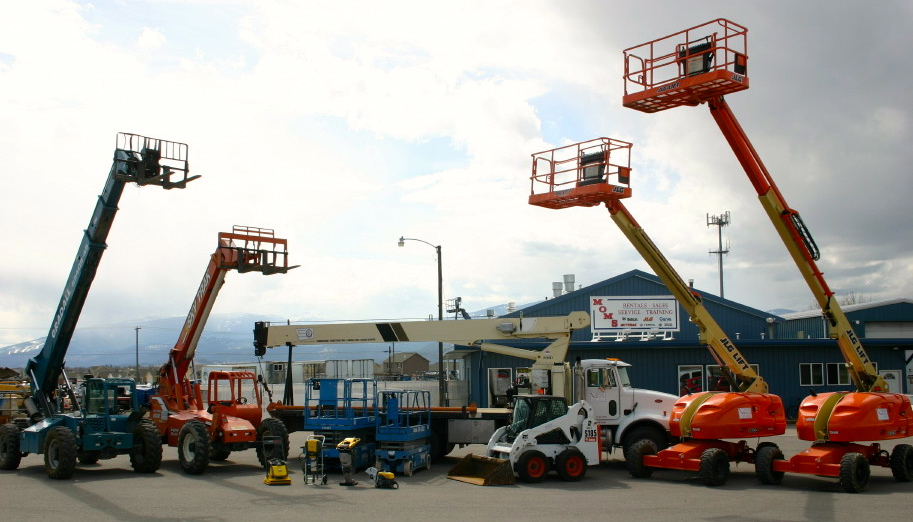Aerial Lift Rental: Versatile Training Solutions for High-Access Jobs
Aerial Lift Rental: Versatile Training Solutions for High-Access Jobs
Blog Article
Maximize Your Budget Plan by Recognizing the Expenses Connected With Construction Equipment Leasings
Comprehending the complete scope of expenses connected with building devices services is crucial for maximizing your budget plan. What approaches can be used to effectively manage these expenses and make sure an extra reliable rental experience?
Overview of Rental Prices
When thinking about building and construction devices services, comprehending the linked costs is extremely important for efficient budgeting and project preparation. Rental prices can differ substantially based on numerous factors, including devices kind, period of service, and location. The first rental fee usually reflects the devices's market need and its associated operational capacities, affecting the overall cost.
Along with the base rental rate, supplementary expenses might arise, such as transportation charges, gas additional charges, and maintenance fees. It is necessary to account for these extra expenditures to accurately examine the total expense of renting out equipment. The rental period can influence pricing; longer rentals may qualify for affordable rates, while temporary leasings may sustain greater everyday fees.

Break Down of Rental Prices
A comprehensive understanding of rental prices is necessary for specialists and project managers intending to maximize their budget plans. Rental rates for construction equipment typically are composed of a number of elements, including base prices, time-based fees, and use charges.
Base rates are the core charges related to the leasing of the equipment, usually established by the kind and size of the equipment. These rates can differ dramatically, influenced by factors such as tools demand, schedule, and regional market fads. Time-based fees, which might be daily, weekly, or monthly, serve to accommodate various project timelines and rental periods.
Furthermore, rental prices may consist of usage costs, which are relevant when equipment is made use of beyond a defined threshold, ensuring that the rental firm can represent deterioration. Seasonal need changes can additionally impact rental prices, with peak building periods usually regulating higher rates.
Furthermore, recognizing the rental company's plans regarding maintenance and insurance policy can offer additional understanding into the general price structure. By examining these parts, specialists can make enlightened decisions, guaranteeing the option of rental tools aligns with both job needs and budget restrictions.
Extra Charges to Think About
Recognizing the details of additional charges is critical for service providers to manage their total rental expenditures successfully. Beyond the typical rental prices, various auxiliary charges can significantly affect the complete expense of tools leasing. These costs often consist of distribution and pick-up fees, which can differ based upon distance and logistics included in delivering the tools to and from the work website.
Furthermore, some rental business may enforce gas surcharges if the equipment is returned with much less gas than when leased. It is additionally important to be conscious of possible cleaning fees, particularly for specialized tools that needs thorough upkeep after usage.

Thoroughly examining the rental agreement and clearing up these extra costs ahead of time can assist contractors make sure and stay clear of unexpected expenses that budget plans continue to be undamaged throughout the task lifecycle.
Upkeep and Repair Work Costs
Regular repair and maintenance expenses are frequently ignored variables that can dramatically influence the overall expense of construction devices leasings. When leasing tools, it is important to think about not just the rental fees but also the prospective prices linked with maintaining the equipment in optimal operating problem.
Lots of rental firms consist of fundamental upkeep as part of the rent a dozer for a day rental contract; nonetheless, extra extensive fixings or unexpected breakdowns can cause additional expenses. It's vital to review the rental contract carefully to comprehend what Read More Here upkeep solutions are covered and what duties drop on the occupant.
In addition, tools that is not well-maintained can lead to inefficiencies on the job site, potentially causing delays and enhancing project costs. To mitigate these risks, it is recommended to carry out regular evaluations and maintain open communication with the rental copyright regarding any issues that arise during use.
Insurance Policy and Liability Costs
Insurance coverage and liability costs are critical parts that can significantly impact the total expenditure of building equipment rentals (construction equipment rentals). These costs make certain that both the rental firm and the client are protected from possible monetary losses occurring from accidents, damage, or burglary during the rental duration

In addition, clients need to understand any kind of deductibles or exclusions in the insurance plan, as these can influence potential out-of-pocket costs. Understanding the conditions of any kind of insurance policy coverage is crucial to stay clear of unexpected expenses. Eventually, budgeting for insurance policy and liability costs can aid ensure a smoother rental experience and safeguard versus economic risks connected with building and construction projects.
Final Thought
In verdict, an extensive understanding of the prices associated with building and construction tools leasings is crucial for efficient budget monitoring. By examining rental rates, added fees, upkeep expenses, and insurance coverage needs, individuals and organizations can minimize unanticipated expenses. This tactical approach not just boosts cost-effectiveness but additionally ensures that projects proceed efficiently and efficiently. Ultimately, informed decision-making regarding equipment services adds to the total success of building ventures.
Rental expenses can differ significantly based on numerous factors, including equipment type, duration of leasing, and area (construction equipment rentals). The rental period can affect prices; longer leasings might qualify for discounted rates, while temporary leasings could incur greater daily fees
By conducting detailed research study and involving with trustworthy rental business, contractors can successfully navigate the complexities of rental rates, ultimately optimizing their financial sources.
Beyond the typical rental rates, numerous additional costs can click considerably impact the overall price of equipment service. Rental companies commonly provide obligation insurance policy that covers injuries to third celebrations or damages to residential property, while equipment damage insurance coverage can cover the price of repair work or replacement if the leased tools is harmed.
Report this page